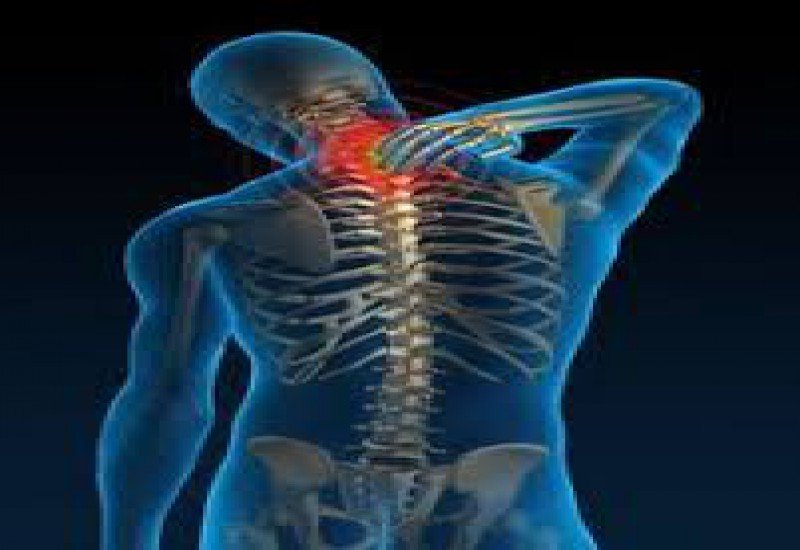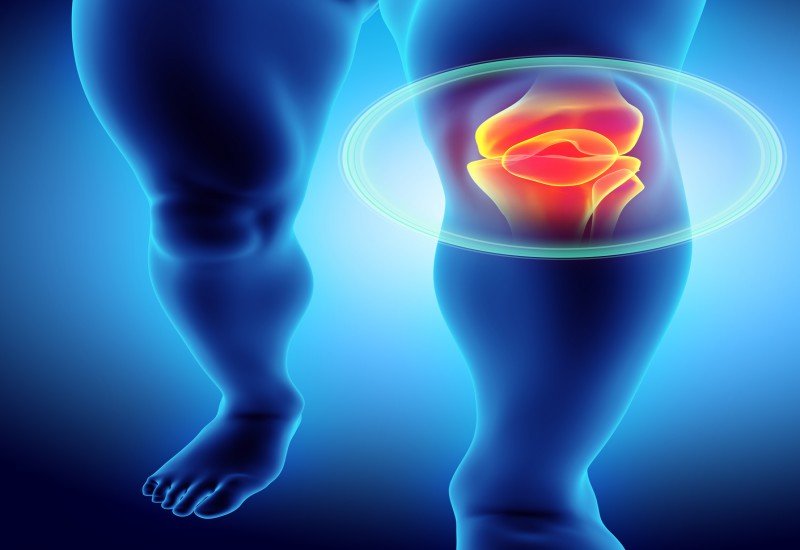What Is Traction?
In the medical field, traction refers to the practice of slowly and gently pulling on a fractured or dislocated body part. It’s often done using ropes, pulleys, and weights. These tools help apply force to the tissues surrounding the damaged area.
The purpose of traction is to guide the body part back into place and hold it steady. Traction may
be used to:
• Stabilize and realign bone fractures, such as a broken arm or leg
• Help reduce the pain of a fracture before surgery
• Treat bone deformities caused by certain conditions, such as scoliosis
• Correct stiff and constricted muscles, joints, tendons, or skin
• Stretch the neck and prevent painful muscle spasms

Lumbar traction
Lumbar traction is the process of applying a stretching force to the lumbar vertebrae through
body weight, weights, and/or pulleys to distract individual joints of the lumbar spine.
Book an Appointment
+91 9819639895 / +91 9221785690

Cervical Traction for Neck Pain
Cervical traction is a treatment often used in physical therapy to help treat neck pain and cervical
radiculo-pathy. It is a modality that is applied to your neck to gently stretch it and separate the
disc and joint surfaces in your cervical spine.
Benefits of cervical traction
Cervical traction devices treat different types and causes of neck pain, tension, and tightness.
Cervical traction helps to relax the muscles, which can significantly relieve pain and stiffness
while increasing flexibility. It’s also used to treat and flatten bulging or herniated disks. It can
alleviate pain from joints, sprains, and spasms. It’s also used to treat neck injuries, pinched
nerves, and cervical spondylosis. Cervical traction devices work by stretching the spinal
vertebrae and muscles to relieve pressure and pain. Force or tension is used to stretch or pull the
head away from the neck. Creating space between the vertebrae relieves compression and allows
the muscles to relax. This lengthens or stretches the muscles and joints around the neck. These
improvements may lead to improved mobility, range of motion, and alignment. This will allow
you to go about your daily activities with greater ease.
Book an Appointment
+91 9819639895 / +91 9221785690

Knee Joint traction
The improvement in functional outcome after application of Mechanical Traction may be
because of relief of abnormal pressure on nociceptive receptor systems. Effects of Intermittent
Traction included increased vascular and lymphatic flow (suction aspiration effect) which tends
to reduce stasis, edema and coagulates in chronic congestions. Traction stimulates proprioceptive
reflexes and helps to tone muscles, which tend to reduce fatigue and restore elasticity and
resiliency. Radiographs showed increased joint space width and decreased subchondral sclerosis.
Moreover, joint distraction showed significantly better results than debridement
Book an Appointment
+91 9819639895 / +91 9221785690
Check our schedule to get an appointment
Working Hours
- Mon - Sun : 9:00am - 02:00pm and 2:00pm - 09:30pm

December 2024
Mon
Tue
Wed
Thu
Fri
Sat
Sun
25
26
27
28
29
30
1
2
3
4
5
6
7
8
9
10
11
12
13
14
15
16
17
18
19
20
21
22
23
24
25
26
27
28
29
30
31
1
2
3
4
5


